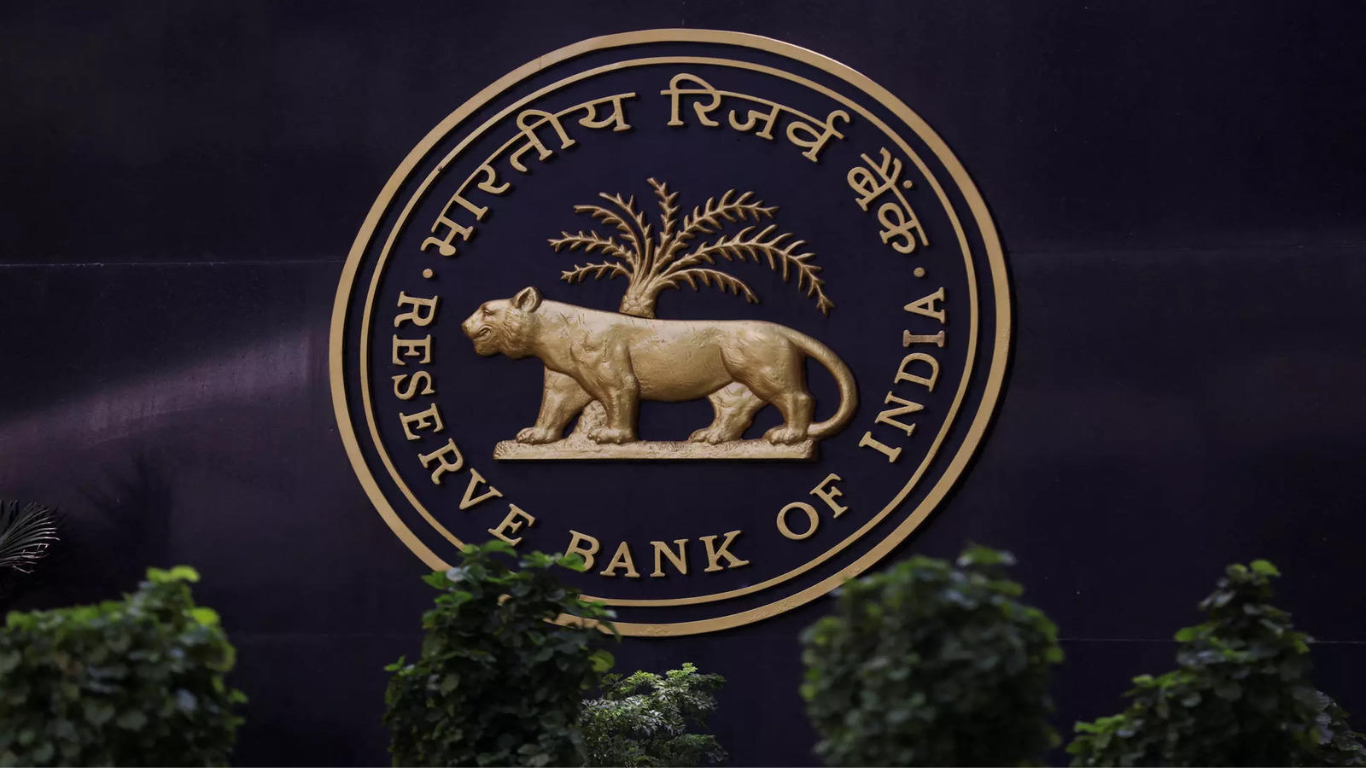India’s recent economic growth has caught the attention of financial institutions like the IMF, leading to optimistic projections. The RBI released a listicle on Tuesday hilighting key factors that are expected to propel India to become the world’s third-largest economy.
In terms of purchasing power parity (PPP), India already ranks third globally. By 2045, according to the OECD’s December 2023 update, India is forecasted to surpass the US in PPP terms, becoming the second-largest economy worldwide.
Read More: No Virat Kohli As Opener, Irfan Pathan’s New Picks For T20 World Cup 2024
Factors as the “tailwinds likely to power India’s take-off”:
1. India boasts the world’s largest and youngest population, with a median age of around 28 years. The country is set to enjoy a demographic dividend window of over three decades, driven by a rising working-age population and labor force participation rates, contrasting sharply with aging populations in other parts of the world.
2. Historically, India’s growth has been fueled by domestic resources, with foreign savings playing a supplementary role. The current account deficit remains sustainable, hovering around 2.5% of GDP, thanks to various indicators of external sector resilience.
3. Gradual fiscal consolidation post-Covid has brought India’s general government deficit to 8.6% of GDP and public debt to 81.6% of GDP by March 2024. Reprioritizing fiscal spending towards productive employment-generating sectors and digitalization could further reduce general government debt to 73.4% of GDP by 2030-31.
4. India’s predominantly bank-based financial sector underwent significant reforms post the global financial crisis, including asset quality reviews and recapitalization efforts. By March 2023, gross and net non-performing asset ratios declined significantly, indicating improved stability.
5. India is leveraging technology to drive transformative change, with initiatives like Jan Dhan, Aadhaar, and Mobile connections expanding access to formal finance and boosting tech startups. The Unified Payments Interface (UPI) is revolutionizing financial transactions, facilitating seamless peer-to-peer and person-to-merchant transactions.
6. Inflation in India is on a downward trend after surging due to multiple supply shocks from the pandemic, weather-induced food price spikes, supply chain disruptions, and global commodity price pressures.
Source: RBI





















